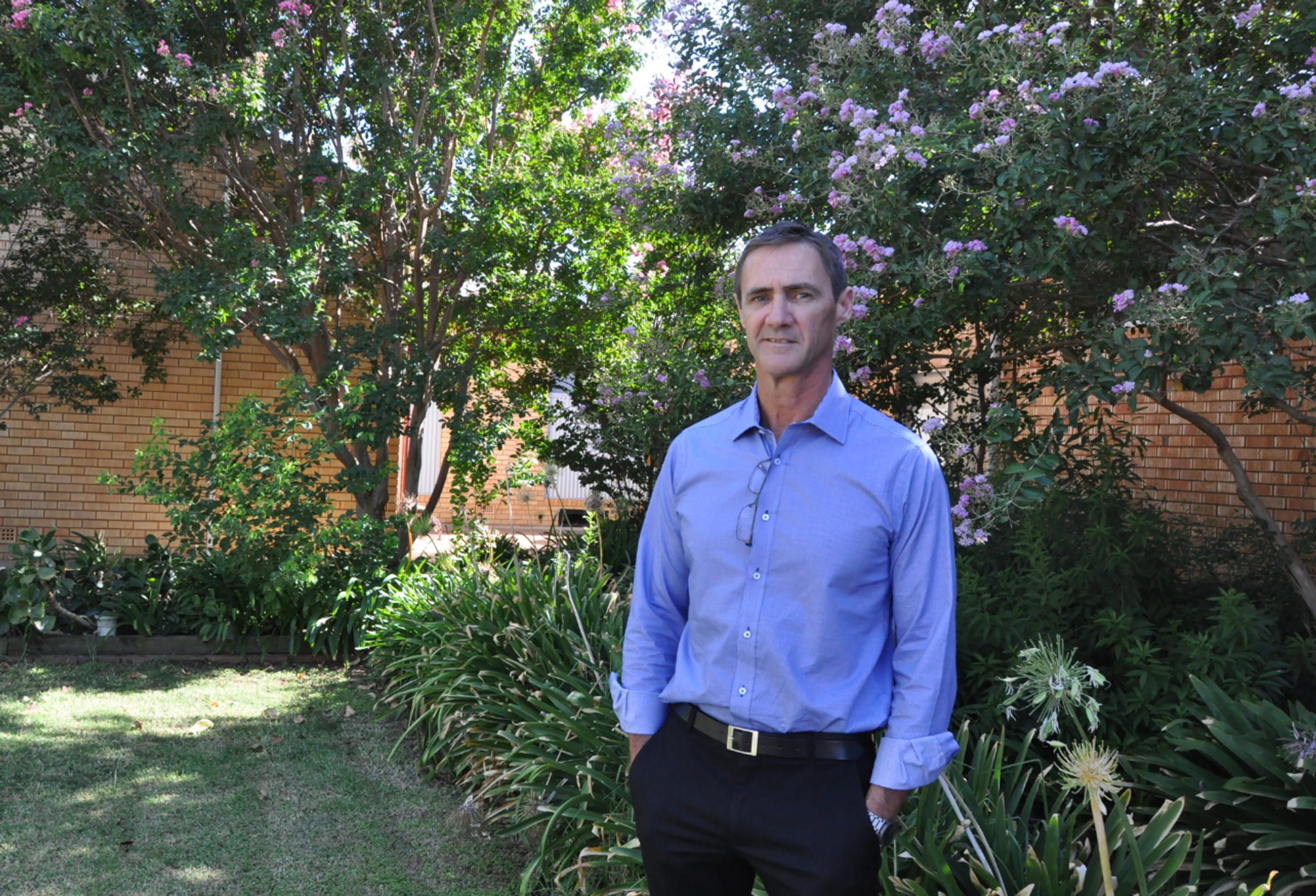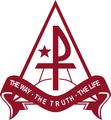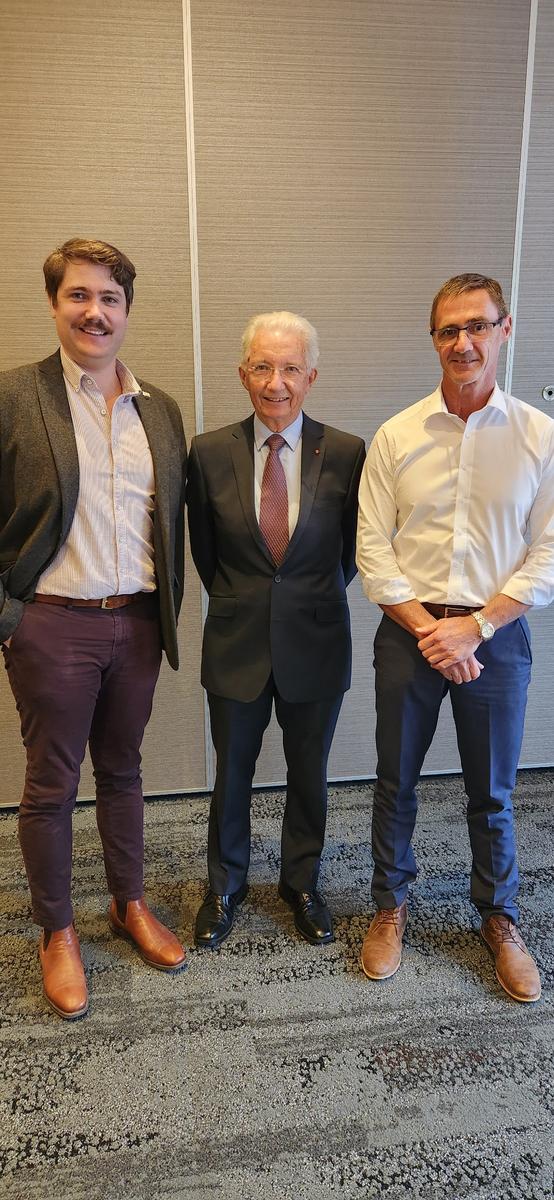Curiculum News

Higher School Certificate Analysis
Higher School Certificate Analysis
The Higher School Certificate analysis has played an important part in improving the
learning gain for our teachers and students at Marian Catholic College. One of the leading experts in the analysis of HSC data is John DeCourcy. He has worked closely with the Catholic Education Commission (CEC) NSW for over 20 years, providing a detailed analysis of HSC results for each of the Catholic schools in NSW.
On Wednesday 8th March, Mr Will Lyon and myself were pleased to be invited to a in person seminar in Wagga Wagga presented by John DeCourcy. This seminar was designed to, not only to demonstrate how to use the analysis to its full potential, but to look at the implications of the results to help further enhance student learning and teacher instruction. This was achieved through the following areas:
- How to correctly engage with the analysis
- Course level information
- Advise to students on course selections
- Whole school level information
Confirmation of Entries
I will be meeting with all Year 10, 11 and 12 to check each of their Conformation of Entries. A Confirmation of Entry is an official document from NESA outlining a students’ personal details, courses of study and nationality status. It is important that our records at the college reflect this. If there is any change of address or family circumstance, it is important that the college is informed and our records are up to date. Students also received information about how to register with NESA. Registering with NESA will enable students to check their details and courses. They can also access their RoSA results, if they leave school, as well as their HSC assessment ranks and final results. I urge all students in year 10, 11 and 12 to follow the instructions given using your NESA student number.
Assessment Tasks
At this point in the term, all students will be receiving a number of tasks. It is important that the students begin these tasks early to enable time for them to ask questions, seek help if needed and submit drafts if allowed. The assessment schedules for all years is on the student portal in the drop down menu titled “Assessment due dates”.
A lot of time has been taken to ensure these tasks are spread out, as much as possible, for students. Students should use these schedules to plan ahead and keep up to date with their assessments.
HSC and Preliminary assessment tasks need to follow the NESA assessment policy guidelines. It is important that students are aware of the requirements around the writing, and the submission of tasks in stage 6. If these guidelines are not followed, students can be at risk of a non completion in a given course.
Minimum Standards
Minimum Standards have been introduced by NESA as a requirement for all students to complete to receive a Higher School Certificate credential. With this in mind, it is important that all students are informed of the process and provided with every opportunity to reach this standard.
All year 10 have been presented with the following information:
1. You need to meet the minimum standard to receive the Higher School Certificate.
To show you meet the standard you need to:
- pass the online reading test and
- pass the online writing test and
- pass the online numeracy test.
2. The Australian Core Skills Framework (ACSF) divides the standards into 4 levels.
Students must reach a minimum of level 3 to have the basic Reading, Writing and Numeracy skills needed for everyday life.
It includes skills for tasks such as:
- following safety instructions in equipment manuals
- understanding a mobile phone plan
- writing a job application
- creating a personal weekly budget.
3. Each test is 45 minutes in length
- The Reading Test involves 45 multiple choice questions
- Adaptive — meaning it tailors to a student's ability. Questions become harder or easier depending on whether a student is answering questions correctly or incorrectly.
- Marked electronically according to the achievement level descriptions
- The Numeracy Test involves 45 multiple choice questions
- Adaptive — meaning it tailors to student's ability. Questions become harder or easier depending on whether a student is answering questions correctly or incorrectly.
- Marked electronically according to the achievement level descriptions
- The Writing Test is based on a prompt
- One question based on a visual or text prompt with up to a 500 word-response
- Marked by trained markers according to the achievement level descriptions and the following, equally weighted, criteria: relevance of writing to the topic; structure and sequence of ideas and control of language
4. Students can sit the tests in:
- Year 10 (2 attempts)
- Year 11 (2 attempts)
- Year 12 (2 attempts)
- You then have a further 3 years to pass the tests after the HSC
Once you have reached level 3 in any test, you DO NOT need to sit that test again.
Regards
Mr John Seers

